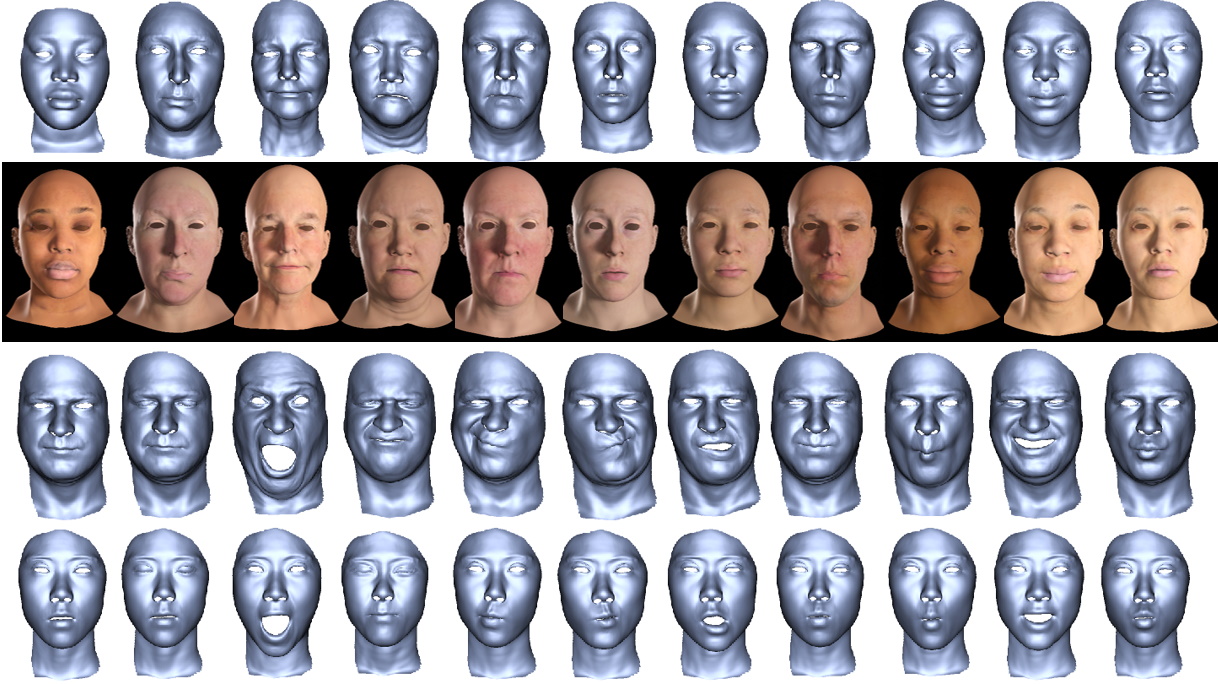The evolution of 3D-generated faces has become an essential part of modern storytelling in films and video games. As audiences crave more immersive experiences, the challenge of producing lifelike, expressive characters intensifies. Recent innovations from Disney Research promise to elevate the quality of 3D facial animations, bringing them closer to the nuances of human expression while avoiding the dreaded uncanny valley. Let’s dive into how these advancements could transform the landscape of animation and character design.
The Challenge of Authenticity in 3D Faces
3D modeling has seen remarkable progress from its early days characterized by stiff features and simplistic expressions. Today, high-resolution models can be rendered swiftly and convincingly. However, the subtleties of human expression present a formidable challenge. Every smile or frown has a unique interpretation based on an individual’s facial structure, a nuance that existing models often fail to capture accurately.
- Linear Models: Traditional linear models offer a simplistic, adjustable scale for expressions like happiness or anger. While they allow for easy manipulation, their realism often suffers, leading to expressions that appear robotic or unrealistic.
- Neural Models: On the other hand, newer neural models learn complexity by observing diverse expressions. However, these models are fraught with complications, including obscure functionalities that artists find difficult to control, limiting their application across different face types.
Introducing the Semantic Deep Face Model
Disney Research has embarked on a promising path with its Semantic Deep Face Model, a significant advancement that synergizes the strengths of both linear and neural models. But what exactly does this entail? The model learns how facial expressions influence the entire face rather than being locked to the likeness of a single individual, providing a more versatile solution.
To simplify:
- A linear model allows expression adjustments (like smiling) but may generate unrealistic outcomes.
- A neural model enables realistic expression through learned data from specific faces but is not adaptable to a variety of models.
- The Semantic Deep Face Model bridges this gap, facilitating smooth and accurate expression mapping across multiple 3D faces.
This leap forward means artists can now produce a broad range of realistic expressions for diverse characters without the exhaustive effort typically required in manual adjustments.
The Implications for the Entertainment Industry
The potential applications of this technology are vast. Imagine generating thousands of unique characters—each with distinct shapes and skin tones—that can all express emotions robustly and convincingly with minimal additional animation effort. Such capabilities could revolutionize how game developers and filmmakers populate their stories.
From crafting realistic CGI crowds to enhancing character interactions in gaming, the ramifications are numerous and exciting. This innovation complements other important research areas, such as:
- Markerless facial tracking
- Realistic eye movements
- Improved skin deformation techniques
Looking Ahead
While the Semantic Deep Face Model is a significant stride in 3D facial animation, it is merely one piece of the puzzle in an expansive landscape of technological advancements. As the demand for authenticity in animated characters grows, continuous exploration and innovation will be necessary.
At fxis.ai, we believe that such advancements are crucial for the future of AI, as they enable more comprehensive and effective solutions. Our team is continually exploring new methodologies to push the envelope in artificial intelligence, ensuring that our clients benefit from the latest technological innovations.
Conclusion
The strides made by Disney Research in creating lifelike 3D facial animations herald a new era in the entertainment and gaming sectors. By addressing the challenges of realism and flexibility, tools like the Semantic Deep Face Model open up exciting possibilities for storytellers. As we look to the future, the fusion of technology and creativity promises to redefine the way characters are brought to life.
For more insights, updates, or to collaborate on AI development projects, stay connected with fxis.ai.

